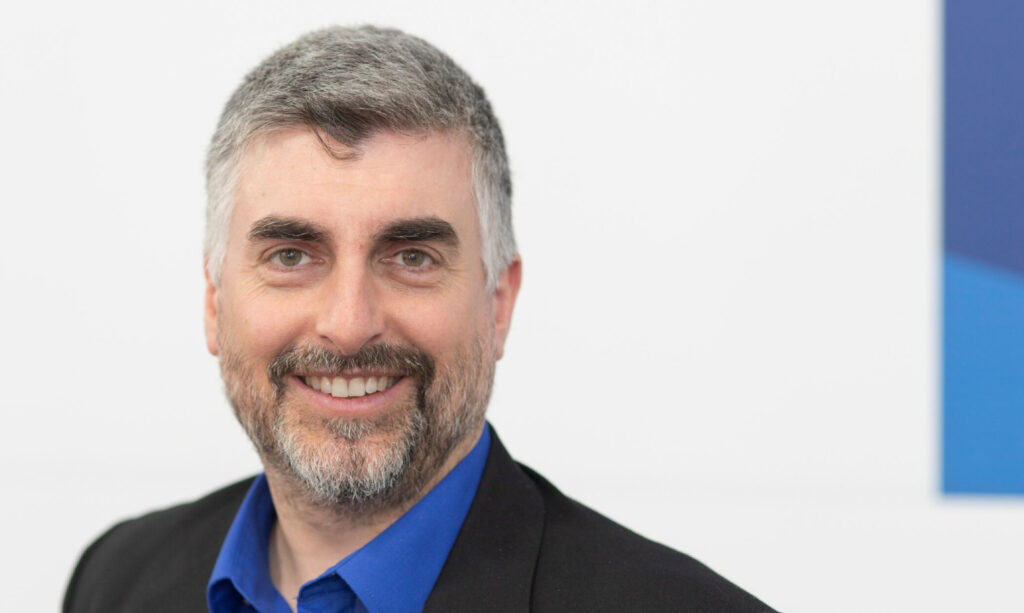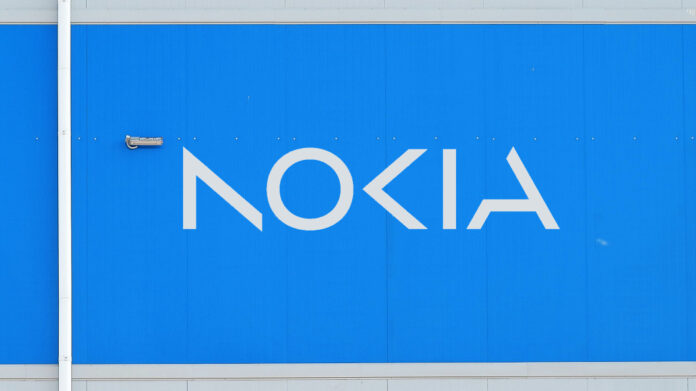This article continues from another post, under the header: ‘They’re still figuring it out; we’ve moved beyond’ – Nokia expands Industry 4.0 view. Click here to read the previous instalment.
The problem with Industry 4.0 in brownfield sites is that playground software is fighting for space with graveyard hardware – multiplied for every machine (PLC) and every application (PC). These run critical operations, hinged on machinery that is put to work for decades, often; these are not like two-year smartphone upgrade contracts, as the industrial world keeps reminding us. Programmable logic controllers (PLCs) will remain, albeit virtualised by degrees.
“Because they are critical, sometimes running at speeds even 5G can’t manage,” remarks Stephane Daeuble, in charge of enterprise solutions marketing for the Finnish firm, picking up from where we before. But the industrial PC model is ripe for overhaul, which is where Nokia is pitching its MXIE-twofer. “There are as many computers (PLCs) as there are machines, and then you’ve got all the stuff that runs over the top [on a PC]. If you install CCTV, say, or 20 IoT sensors, you have the application that goes with it – to access the data – which has its own box.”
He adds: “You might have 3,000 little PCs in these plants. And because this stuff stays in the ground for 30 years, you’ve often got very old PCs, each supporting a separate application, and all running old versions of Linux or Windows 95. Which might not have antivirus software, which might crash – and which all consume energy. Some of those old PCs are 500 watts; you could run some of these apps at 10 watts on a Raspberry Pi.
“The challenge, over time, is to bring all of that hardware infrastructure into the modern edge – so all of it is managed in the same OS, and all of it is orchestrated together. And because you now have reliable connectivity with private wireless, there is value in having a single edge rack for all those applications. For us to sell MXIE just for applications will take time. But we are growing the catalogue, and offering one box for two things, plus private wireless, as well.”
Again, it all sounds very-hyperscaler – like Nokia wants a piece of the compute action at the industrial edge, so it is more than just a side hustle for its private 5G play. It will also seek to play the kingmaker for ISVs breaking into the Industry 4.0 game, as well as it can. (Although AWS and Microsoft, coming the other way from the IT cloud, are clearly miles ahead in terms of ecosystem-building – both were mob-handed at Hannover Messe with ISVs, for example.)
But Daeuble argues that it is an IT/OT thing; that Nokia’s approach is different because it is starting on the factory floor, where its ISV position is better reflected, with an OT-geared managed service with instant failover. “You can grab a coffee if you lose an office connection, but the factory has to keep running. It is a big difference. While MXIE is orchestrated and managed through the cloud, it is fully local, and can run fully disconnected for six weeks.”

He adds: “It means we can deploy on a ship going from China to South Africa, say. But the point is this OT-grade aspect – six-nines reliability, [instant] failover, fast recovery; plus the fact it is ecosystem neutral, which means the factory is not choosing between Prime and Netflix (!), actually – which is an issue because the OT space is so disparate. Each segment has its own apps, and they all need hardware, and a different cloud. So that is the sweet spot.”
But what about the dominance of hyperscalers in the IT realm? There was talk in Hanover last month – where AWS and Microsoft had busier booths, packed to the rafters with partner showcases – that their influence with enterprises is almost-total; that they can pick up the phone and get an appointment with the chief exec in any enterprise in days. So can Nokia – or even Siemens, for that matter – really expect to dictate Industry 4.0 from the OT coal-face?
Nokia is very clear, actually. Daeuble responds: “What we have learned over the years is that OT makes the decisions, but IT is clearly involved. And over time, IT is there to manage it; there is no question about that. But that is why we’ve got the DAC system. The MPW product, you could argue, is more like an OT system – for the guy that wants to open the bonnet and tinker with the engine. But DAC is designed with the enterprise in mind.”
It is interesting, again; because there has been a rush of IT-centric private 5G notices lately – notably the takeover of well-regarded Athonet by IT hardware firm HPE, but also a noisy Nokia-takedown by CBRS specialist Celona, and a major NTT channel tie-up with HPE’s great rival Cisco. All of these companies – including NTT, as a major industrial SI – have talked up their IT-friendly 5G offers, designed to drop into enterprise networks and work more-or-less like Wi-Fi.
The standard charge against Nokia is that it is a brutish telco business that makes big networks for big operators, and cannot flex its systems for littler enterprises. Daeuble almost snorts with laughter; it is a hackneyed caricature that does not fit, he says – the same thing that was being said about its large-scale MPW product in 2018, he says, before the launch and development of DAC; as if Nokia has not innovated between times, the message goes.
He points to the new DAC support for single sign-on (SSO) and attribute-based access control (ABAC) mechanisms for enterprises to manage access for different users. “We’ve made it more enterprise friendly as we have gone, over five years. And we have just added those SSO and ABAC capabilities – so you log into the IT system in the morning and you’re into the private network as well, based on your access privileges.”
Not all so-called IT-friendly products offer the same, he suggests. But in the end, the sharp-end of Industry 4.0 is more about OT than it is about IT, he says. “To be honest, for us, IT integration is simple. The big work is the OT integration. That is where the true value is. Our partners understand that. And if you look at a private network, there is a service package for planning, installing, and optimising the network, which is – what? – five percent of the deal.
“The IT integration might be 10 percent, and everything else is OT. That is the complex piece; that is where you have all these different machines, all talking different languages, which you need to coordinate. That is where you connect to digital twins on the northbound interface. I mean, yes, IT integration is important and IT and OT are growing closer together, but OT integration is the hard bit.”
As a final note; there is an IT argument, as well, that private cellular should be… well, less-3GPP. This is what Volkswagen – somehow dissatisfied, sitting on four 5G test networks, with no clear plan for a commercial deployment – told Hannover Messe last month: that cellular should work more like Wi-Fi if Industry 4.0 is to take it seriously. It is not quite the discussion with Nokia, but Daeuble responds to another prompt that 3GPP tech is intrinsically distinct.
There are three sides in this relationship, of course, and not just two: IT, OT, and telecoms. It does not matter if you put an IT brand on a telecoms box, the argument goes; it is still a telecoms box. “That is the reality, whatever the logo says. It is still 3GPP tech with 3GPP buttons. It is just different. And, yes, while IT will manage the day-to-day, OT will talk with the machine maker about the performance and parameters. Which is not what you do with Wi-Fi; and it is not what you do with IT switches and boxes.”

